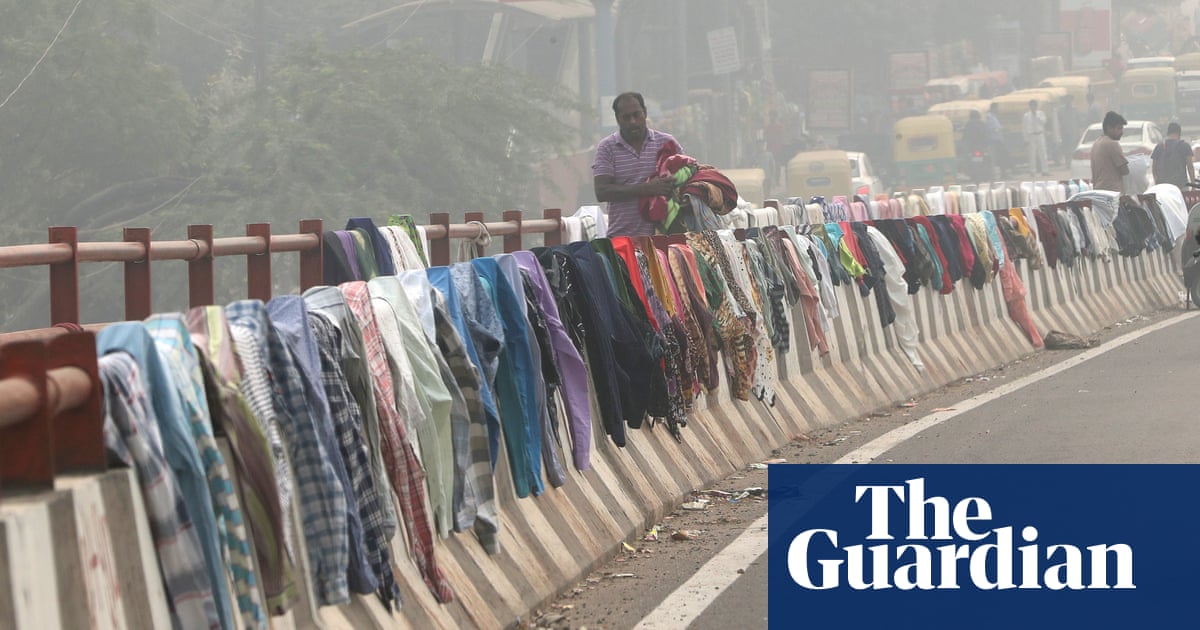
92% of the world’s population lives in places where air quality levels exceed WHO-recommended limits
27 September 2016 | Cairo – A new World Health Organization (WHO) air quality model confirms that 92% of the world’s population lives in places where air quality levels exceed WHO-recommended limits. The situation is even worse in the Eastern Mediterranean Region where the percentage rises to 98%.
Information generated from the model is presented via interactive maps, highlighting areas within countries that exceed WHO-recommended limits.
The new WHO model shows countries where air pollution danger spots exist and provides a baseline for monitoring progress to combat air pollution. It also represents the most detailed outdoor (or ambient) air pollution-related health data, by country, ever reported by WHO.
The model is based on data derived from satellite measurements, air transport models and ground station monitors for more than 3000 locations, including 82 in the Eastern Mediterranean Region, both rural and urban. It was developed by WHO, in collaboration with the University of Bath, United Kingdom. Toll on human health
Out of the 3 million global annual deaths linked to exposure to outdoor air pollution, 210 000 are in the Eastern Mediterranean Region. Indoor air pollution can be just as deadly, killing another 200 000 people annually in the Region. “Air pollution is a serious concern in our cities that has particular health implications for children and pregnant women, and also for increasing rates of noncommunicable diseases,” said Dr Ala Alwan, WHO Regional Director for the Eastern Mediterranean.
In the Region, 94% of deaths related to exposure to air pollutants are due to noncommunicable diseases – notably cardiovascular diseases, stroke, chronic obstructive pulmonary disease and lung cancer. Air pollution also increases the risk for acute respiratory infections.
Major sources of air pollution include inefficient modes of transport, household fuel and waste burning, coal-fired power plants, and industrial activities. Air quality can also be influenced by dust storms, particularly in regions close to deserts.
As WHO’s Eastern Mediterranean Region is highly affected by natural desert dust particles, this may result in high estimates of the health burden according to conventional estimation methods. However, there is a need for better assessment of the health impacts from natural dust. Improved air pollution data
The model has carefully calibrated data from satellite and ground stations to maximize reliability.
This new model is a step forward towards more accurate estimates of the regional burden from exposure to indoor and outdoor air pollution. An increasing number of cities are now monitoring air pollution, satellite data are more comprehensive, but there is a need for more data collection and better monitoring.
For more information please contact:
In Amman:
Mazen Malkawi
WHO Centre for Environmental Health Action (CEHA)
+962-6-5524655
mobile +962-79-6555911











